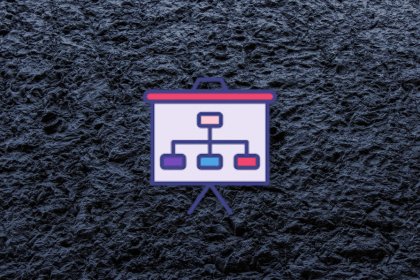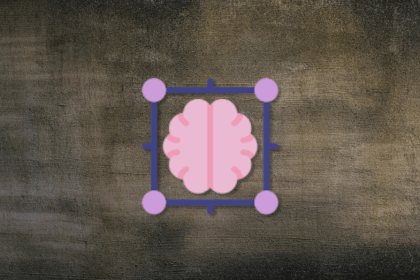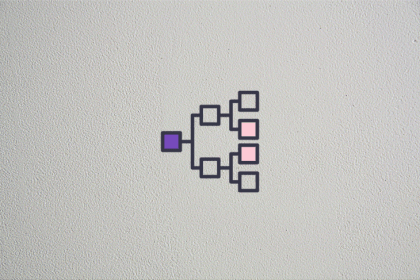
Learn how to design product management workshops that drive alignment, decisions, and strategic outcomes instead of just activities.

AI agrees too easily. That’s a problem. Learn how to prompt it to challenge your thinking and improve your product decisions.

This article discusses where a responsibility assignment matrix, aka a RACI chart, can be helpful in product management.

When used correctly, AI can transform market research from a time-consuming necessity into a competitive advantage.

Impact mapping is a lightweight, collaborative planning technique for teams that want to make a big impact with software products.

Spending enough time to understand the underlying problems of your users is the key to success in product management.

A BPMN diagram is a visual representation of the steps, activities, and flows of processes within your organization.

Confirmation bias occurs when an individual makes decisions that are consistent with their existing beliefs by selectively looking at data.

A stakeholder matrix is a chart that shows the levels of interest and involvement of particular people or organizations towards a product.

With internal products, the PM has to navigate internal stakeholders and company politics, as well as change management and adoption.

A user flow diagram is a visual representation of a user’s journey through your product that shows the sequence of actions that a user takes.

Facilitation refers to leadership techniques that aim to make activities requiring stakeholder alignment easier and more efficient.